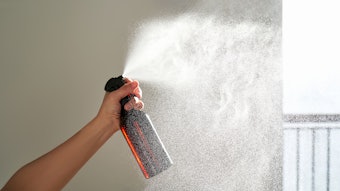When you hear the musical note sequence, G, E, C, played on chimes which, for the benefit of readers without musical knowledge, goes “bing bong bing,” do you think of a broadcasting company? When you hear the sound of a creaking door, do you think of a particular radio program? When you smell a “high-impact, fresh, floral fragrance reminiscent of Plumeria blossoms,” do you think of scented sewing thread and emhroidery yarn? All of the foregoing intangible, non-visual devices are trademarks.
A trademark, as defined, in part, by the United States Trademark Act “...includes any word, name, symbol or device or any combination thereof...” which identifies or distinguishes the goods of a manufacturer or merchant from those manufactured or sold by others. Symbols and devices can include such things as color, shape, smell, sound or configuration. Sound is a non-visual device that can function as a sound mark. Some familiar sound marks that everyone recognizes include the NBC chimes and the sound of a creaking door that identified the mystery program, “Inner Sanctum.”
Like sound, fragrance also is a non-visual device which helps sell products. But unlike sound, no fragrance had heen accorded protection as a trademark by the United States Patent and Trademark Office until September, 1990, when the Trademark Trial and Appeal Board ruled in favor of Celia Clarke d/b/a Clarke’s OSEWEZ. In that decision, the Board ruled for the first time that fragrance can be capable of serving as a trademark to identify and distinguish certain types of products.










